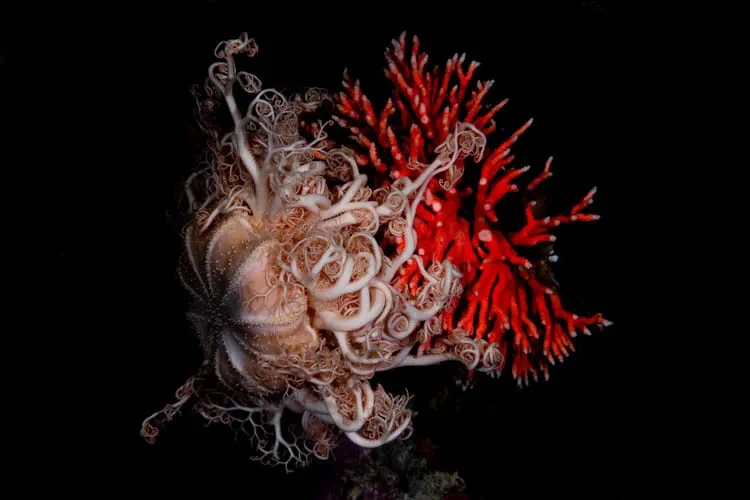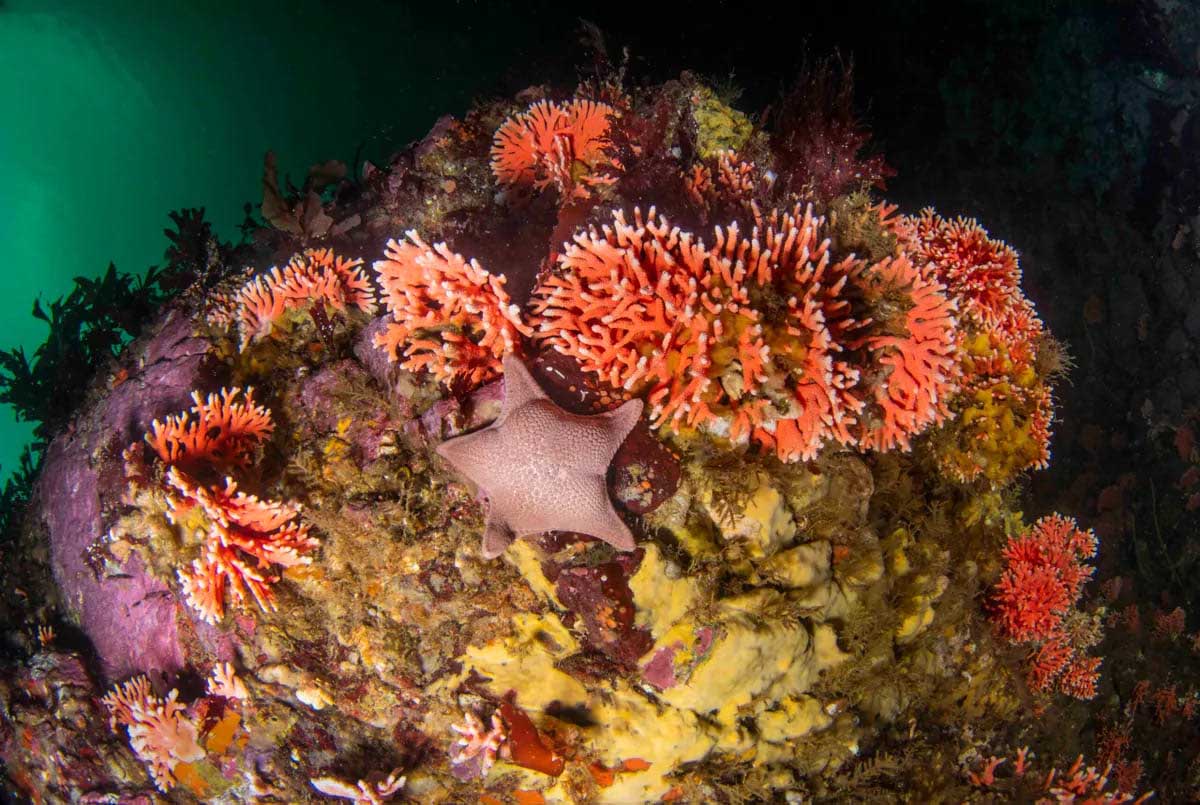
Stunning photos show ‘forests’ of rare red corals growing in Chile's Patagonia Sea | Travel News
Researchers exploring the remote waters of Kawésqar National Marine Reserve in Chile have made a groundbreaking discovery that enhances our understanding of Patagonia’s largely unknown marine ecosystems.
They identified colonies of red hydrocorals (Errina Antarctica), a species known for its slow growth and high sensitivity to environmental changes.
This marks the first time these hydrocorals have been recorded this far south or at such shallow depths. In high concentrations, these corals create Marine Animal Forests (MAFs), rare and ecologically significant ecosystems that cover only 0.1% of the world's seabeds.
The scientific report, "The southernmost Errina Antarctica hydrocoral savannah in Patagonian waters," was published in the journal Nature.
"The structural complexity created by MAFs on the seabed provides numerous species with habitats for settlement, living, hiding, feeding, or reproduction, making them true biodiversity hotspots," says Ana De la Torriente, co-author of the study and researcher at the Spanish Institute of Oceanography.
The team observed numerous species among the corals, including sea urchins, basket and sticky ray stars, hermit crabs, sea anemones, false king crabs, sea snails, parchment worms, and sponges.

Due to their crucial role in shaping the seabed environment, red corals are considered 'ecosystem engineers.'
The documented Errina Antarctica colonies in the Kawésqar National Marine Reserve cover up to 28.5% of the seafloor at depths ranging from 1.23 to 33 meters (and deeper), yet they remain unprotected. Threats such as industrial salmon farming, climate change, and pollution jeopardize their existence, explains Ingrid Espinoza, Conservation Director of Rewilding Chile and co-author of the research.
Currently, 57 salmon aquaculture licenses have been issued within the national reserve, with an additional 132 concessions pending approval. Granting these licenses would have catastrophic consequences for biodiversity, Espinoza warns.
"The results of this study clearly demonstrate the presence of unique and singular ecosystems in the area. We need to implement management plans and strict protections to ensure their long-term survival."
